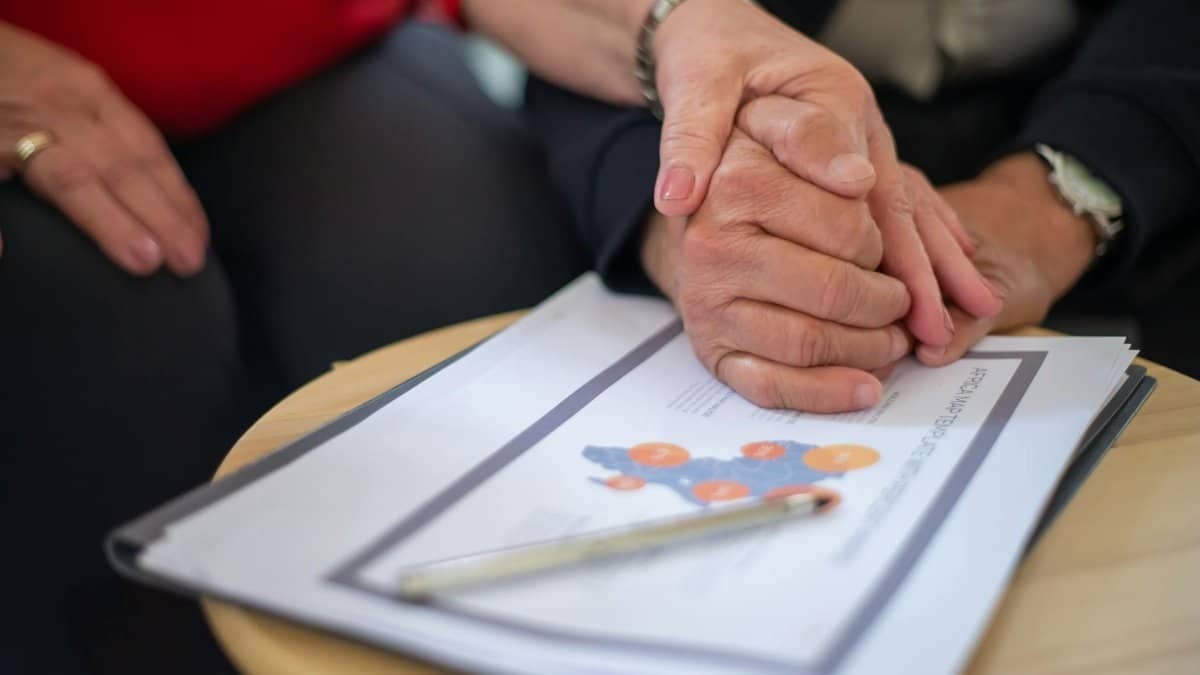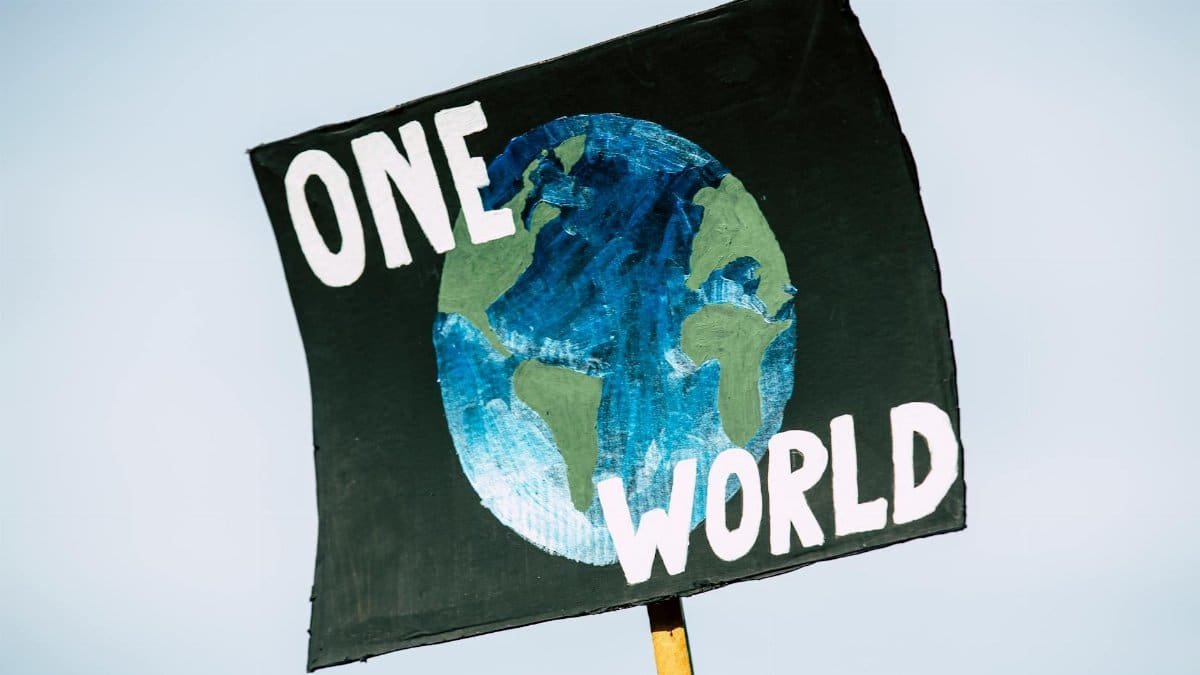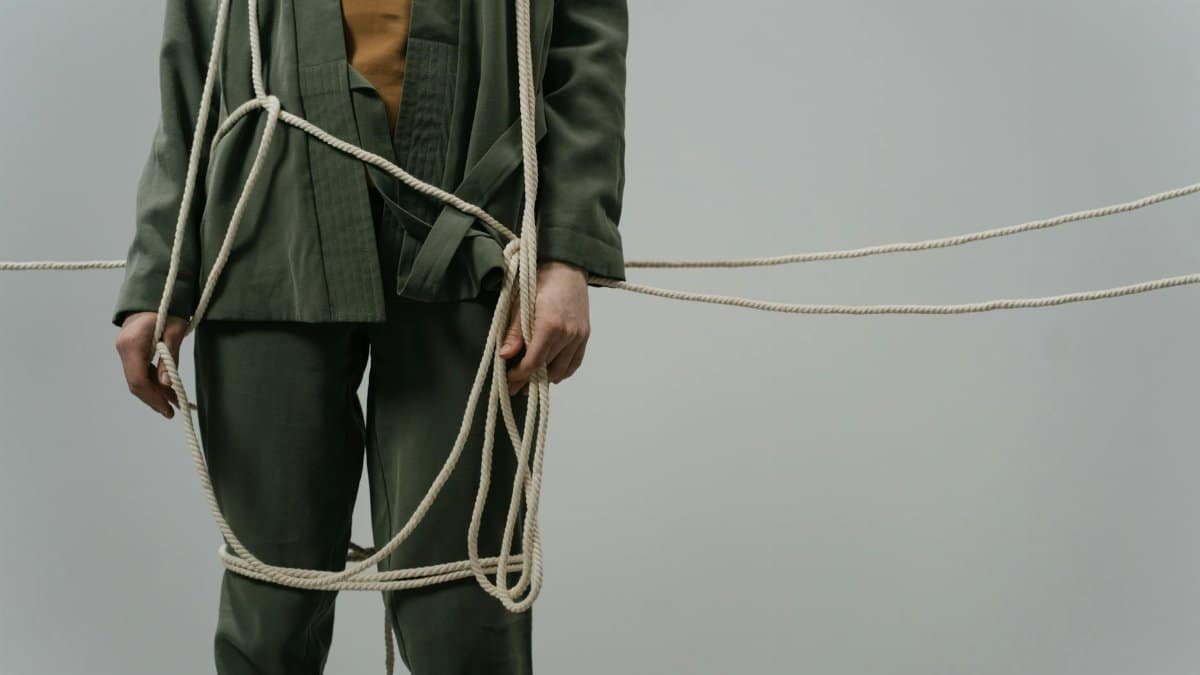What if the real barrier to mindfulness isn’t a lack of time or technique, but something deeper, buried in the stories we tell ourselves about who we are? In a world buzzing with distractions, many Americans find themselves chasing the calm promised by mindfulness apps and wellness retreats, only to feel more frustrated than centered. This struggle often stems from an overlooked truth: mindfulness presence—the art of fully inhabiting the moment without judgment—demands confronting the unseen parts of our psyche that we’ve long ignored. It’s not just about breathing exercises or quieting the mind; it’s about acknowledging the emotional undercurrents that pull us away from the now. As we navigate 2025’s relentless pace, understanding this hidden dynamic could transform how we approach inner peace.
The Elusive Nature of True Presence

Presence in mindfulness isn’t a switch you flip. It builds gradually, often revealing itself in quiet, unexpected ways. Consider a busy parent in Chicago, juggling remote work and family demands. One morning, instead of scrolling through emails over coffee, she pauses to notice the steam rising from her mug, the warmth against her palms. That simple act shifts her day. Yet for many, this elusiveness stems from deeper roots. Research from the National Center for Complementary and Integrative Health highlights how mindfulness practices can reduce stress, but only when practitioners address underlying resistance. NCCIH on Mindfulness notes that inconsistent results often tie back to unexamined emotional blocks.
This resistance isn’t always obvious. It might manifest as a nagging inner critic, whispering doubts during meditation. Or it could surface in physical tension, a clenched jaw signaling unresolved anxiety. Experts suggest starting small, integrating presence into routine tasks like walking or eating. But the key lies in patience. Rushing the process only amplifies the struggle, turning what should be liberating into another chore.
Online discussions often reveal this frustration. One anonymous account described attempting a guided session only to be flooded with memories of a past failure, making presence feel impossible. Such stories underscore a common thread: the mind’s habit of wandering to safer, familiar territories.
Unpacking Emotional Baggage

Hidden traumas play a starring role in why mindfulness feels out of reach. Think of it as carrying an invisible backpack, stuffed with old hurts that weigh down every attempt at stillness. A veteran in Texas, for instance, might sit down to meditate, only for flashbacks to intrude, shattering the calm. This isn’t failure; it’s a signal that presence requires gentleness toward these wounds.
Studies support this. A landmark review in JAMA Internal Medicine found that mindfulness-based interventions help with PTSD, but progress hinges on acknowledging trauma’s lingering effects. JAMA Study on Mindfulness and PTSD showed significant reductions in symptoms when participants integrated emotional processing. Without this, efforts at mindfulness presence can feel superficial, like skimming the surface of a turbulent sea.
The baggage varies. For some, it’s childhood neglect, fostering a belief that vulnerability is dangerous. Others grapple with recent losses, where grief demands space before presence can take hold. Therapists often recommend journaling as a bridge, allowing these emotions to emerge without overwhelming the practice.
In conversations with practitioners, a pattern emerges: those who succeed often do so by reframing struggles as invitations to heal. It’s a shift from forcing calm to welcoming whatever arises.
The Distraction Economy’s Grip

Our digital lives conspire against mindfulness presence. Notifications ping, algorithms curate endless scrolls, training us to flit from one stimulus to the next. In 2025, with remote work blurring boundaries, it’s harder than ever to unplug. A software engineer in Seattle recounted how her phone’s constant hum eroded her ability to focus during yoga, pulling her mind to unanswered messages.
This isn’t accidental. Tech companies design for addiction, as explored in reports from the Center for Humane Technology. Their findings link excessive screen time to heightened anxiety, making sustained presence a radical act. Center for Humane Technology advocates for mindful tech use, suggesting tools like app limits to reclaim attention.
Yet resistance runs deeper than gadgets. It’s cultural, valuing productivity over pause. Breaking free involves intentional boundaries, like device-free zones or scheduled check-ins. Over time, these habits erode the distraction economy’s hold, fostering a presence that feels earned and authentic.
Amid this, small victories matter. One person shared publicly how turning off alerts for an hour daily revealed forgotten joys, like birdsong outside her window, reigniting her mindfulness journey.
Misconceptions That Sabotage Progress

Many stumble because they chase an idealized version of mindfulness. The myth persists that it means emptying the mind entirely, a blank slate free of thoughts. In reality, mindfulness presence embraces the mind’s natural wanderings, gently guiding it back without self-criticism.
This misconception leads to defeat. A teacher in New York described quitting after sessions filled with racing thoughts, convinced she was “bad” at it. But Harvard Health Publishing clarifies that wandering is normal; the practice lies in the return. Harvard Health on Mindfulness emphasizes acceptance over perfection, backed by brain imaging studies showing neural changes from consistent, forgiving practice.
Another trap is treating it as a quick fix. Glossy apps promise instant zen, but true presence unfolds slowly, revealing layers of self-awareness. Dispelling these myths requires education, perhaps through community classes where shared experiences normalize the challenges.
Ultimately, reframing misconceptions transforms obstacles into stepping stones, making the path less daunting.
Building Presence Through Daily Rituals

Presence doesn’t demand hours of meditation. It thrives in everyday moments, woven into the fabric of routine. Start with breath: a few deep inhales while waiting in line at the grocery store. Or ground yourself by feeling your feet on the earth during a walk in the park.
These rituals accumulate. A study from the University of Wisconsin-Madison’s Center for Healthy Minds found that short, daily practices enhance emotional regulation. Center for Healthy Minds details how even five minutes can rewire responses to stress, fostering sustained mindfulness presence.
Variety keeps it fresh. One approach involves sensory anchors, like savoring the texture of food or the sound of rain. For a retiree in Florida, this meant mindful gardening, where tending plants became a portal to the present, easing loneliness.
The beauty lies in personalization. What works for one might not for another, encouraging experimentation without rigid rules.
The Ripple Effects on Relationships

Mindfulness presence extends beyond the individual, reshaping how we connect. In hurried interactions, we often listen to respond rather than understand. Presence changes that, inviting full attention that deepens bonds.
Imagine a couple in Denver, arguing over finances. Instead of escalating, one pauses, notices their rising frustration, and responds with empathy. Research from the Greater Good Science Center at UC Berkeley supports this, showing mindfulness improves relationship satisfaction. Greater Good Science Center on Mindfulness links it to better communication and reduced conflict.
Yet it’s not always smooth. Presence can unearth vulnerabilities, prompting discomfort in vulnerable moments. Navigating this requires practice, perhaps through joint exercises like shared breathing or attentive listening sessions.
In families, it fosters patience, turning chaotic dinners into opportunities for genuine connection. The effects ripple outward, creating more compassionate communities.
Navigating Setbacks with Compassion

Setbacks are inevitable in pursuing mindfulness presence. A missed session or a day lost to overwhelm can feel like backsliding. But compassion turns these into growth opportunities.
Self-kindness is crucial. A meta-analysis in Psychological Bulletin revealed that self-compassion amplifies mindfulness benefits, buffering against burnout. Psychological Bulletin on Self-Compassion (via APA PsycNet) underscores how treating oneself gently sustains long-term practice.
One illustrative story comes from a nurse in Atlanta, who, after a grueling shift, forgave herself for skipping meditation. This leniency renewed her commitment, preventing abandonment.
Strategies include tracking progress loosely, celebrating small wins, and seeking support from groups. Over time, compassion weaves resilience into the fabric of presence.
Presence in a Changing World

As 2025 unfolds with economic uncertainties and social shifts, mindfulness presence offers a steady anchor. It’s not escapism but a tool for engagement, helping us meet challenges with clarity.
Workplaces are catching on, incorporating programs to boost focus and well-being. A report from the American Psychological Association notes rising adoption, linking it to lower turnover. APA on Mindfulness provides evidence of its role in professional resilience.
Yet access remains uneven. Urban dwellers might find studios aplenty, while rural areas lag. Bridging this involves online resources and community initiatives, democratizing the practice.
In essence, embracing presence equips us to thrive amid flux, turning inward strength into outward action.
